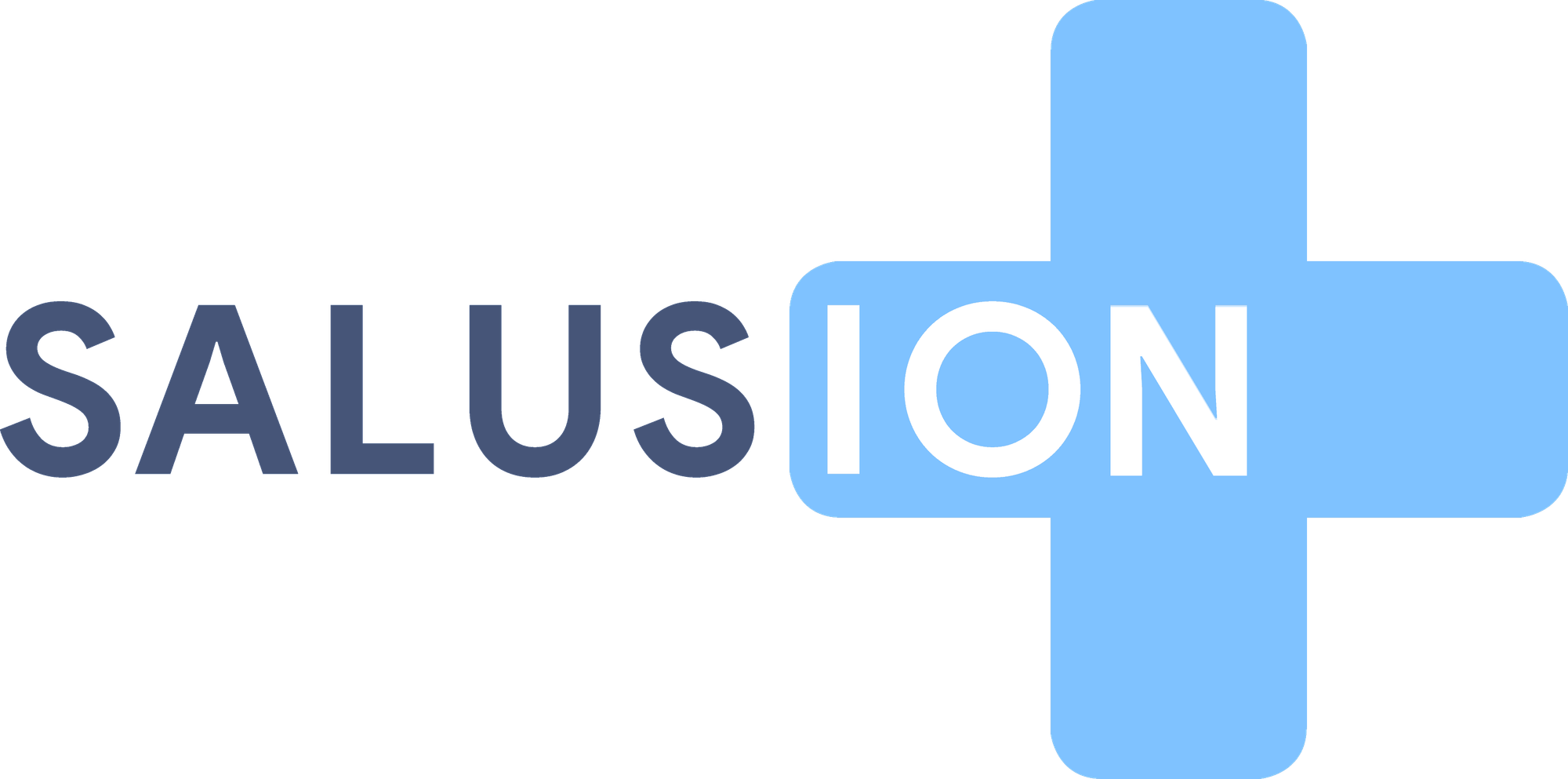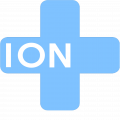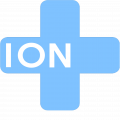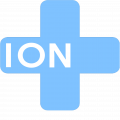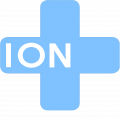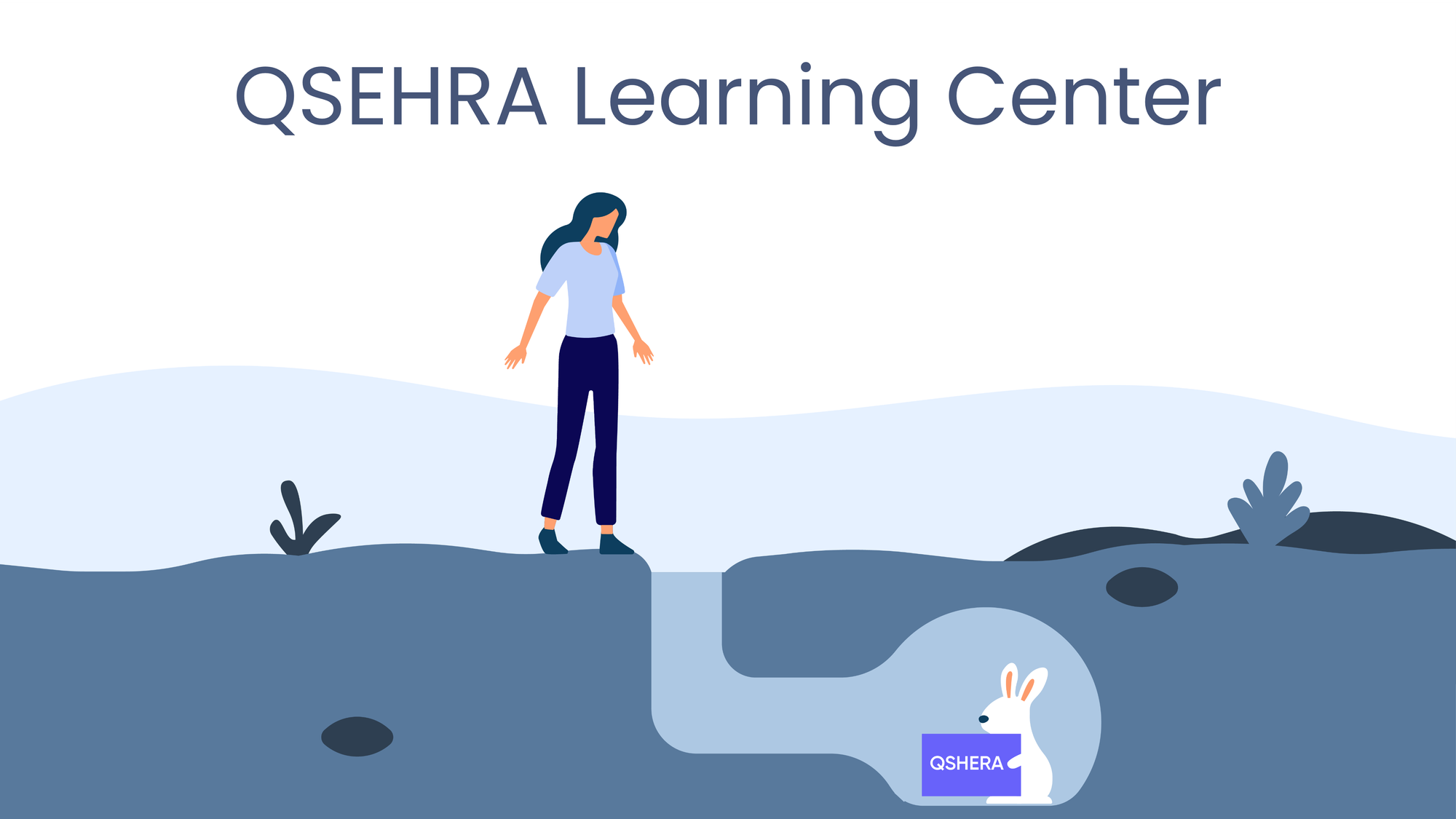Employers offering a Qualified Small Employer HRA (QSEHRA) must meet specific compliance requirements to ensure legal compliance and operational integrity. These include establishing a written plan document, providing required notices to eligible employees, substantiating proof of coverage and expenses, and meeting tax reporting obligations.
Plan Document Requirements
Employers must create a formal written plan document as mandated by the Employee Retirement Income Security Act (ERISA). This document defines the terms and conditions of the health reimbursement arrangement and ensures compliance with applicable regulations.
Purpose of the Plan Document:
- Compliance with ERISA: Ensures the plan meets legal requirements, including eligibility rules, reimbursement processes, and fiduciary duties.
- Legal Protection: Reduces risks by clearly defining plan rules, minimizing disputes with employees or regulatory agencies.
- Transparency for Employees: Helps employees understand their benefits, including reimbursement processes and coverage requirements.
- Audit Preparedness: Serves as proof of compliance during IRS or Department of Labor audits.
Key Components of the Plan Document:
- Eligibility Requirements: Define eligible employee classes and participation criteria.
- Reimbursement Rules: Specify annual contribution limits, eligible expenses, and proration for midyear participants.
- Coverage Requirements: State that participants and dependents must maintain Minimum Essential Coverage (MEC) to qualify for tax-free reimbursements.
- Administrative Procedures: Outline claims, appeals, and other administrative responsibilities.
This section highlights both the strategic importance of the plan document and actionable compliance guidelines.
Summary Plan Description (SPD)
While QSEHRAs are exempt from the ERISA requirement to provide an SPD, offering one is a recommended best practice. It helps employees better understand their benefits and reduces administrative misunderstandings.
Key Features of an SPD:
- Overview of Benefits: A summary of eligible expenses and annual limits.
- Eligibility Rules: Participation criteria, including any applicable waiting periods.
- Claims and Appeals Process: Instructions for submitting reimbursement claims and addressing denied claims.
- Employee Rights and Protections Under ERISA: Information about participants’ rights under ERISA.
- Contact Information: Details for inquiries about plan administration.
QSEHRA Employee Notice Requirements
Employers must provide a written notice to all eligible employees about the QSEHRA. The timing of the notice depends on the plan’s status and the employee’s eligibility.
- Ongoing QSEHRAs: Notices must be sent at least 90 days before the start of each plan year.
- New QSEHRAs: For newly established plans, the notice must be provided before the plan’s start date.
- Midyear Eligibility: Employees who become eligible midyear, such as new hires, must receive the notice on or before the date they first become eligible to participate.
Delivery Methods:
The notice can be delivered in writing or electronically, provided it complies with IRS guidelines for electronic communication.
Required Information in the Notice:
- Maximum Benefit: The maximum permitted benefit available under the QSEHRA for the year and the date it starts.
- Premium Tax Credits (PTC): A statement that the QSEHRA benefit may affect eligibility for PTCs, must be reported to any Exchange where the employee applies for credits, and should be retained for tax purposes.
- Minimum Essential Coverage (MEC): A reminder that QSEHRA reimbursements become taxable if the employee lacks MEC during the applicable month.
Proof of Coverage
QSEHRAs can only reimburse medical expenses if employees provide proof of Minimum Essential Coverage (MEC) for all covered individuals and for each month in which expenses occur. This ensures that reimbursements remain tax-free and compliant with IRS rules.
Definition of MEC:
MEC includes most major medical insurance plans, as defined under Code §5000A(f). The QSEHRA itself does not qualify as MEC, so employees must maintain other coverage to qualify for tax-free reimbursements.
Proof Requirements:
- Employees must provide proof of MEC for themselves and any dependents whose expenses are submitted for reimbursement.
- Proof must confirm that MEC was in place for the month in which the medical expense was incurred.
Initial Proof of Coverage:
Employers must obtain proof of MEC before reimbursing any expenses. Acceptable forms of proof include:
- Third-party documentation, such as an insurance card or Explanation of Benefits (EOB).
- An employee attestation specifying:
- The individual(s) covered.
- The start date of the coverage.
- The name of the coverage provider.
Ongoing Verification:
Employees must confirm that MEC continues to be in place for each subsequent month in which an expense is submitted. This can be done via an attestation included in the monthly reimbursement claim process.
Mistaken Reimbursements:
If an expense is mistakenly reimbursed for an individual without MEC, the amount reimbursed must be reported as taxable income for the employee that month. Reimbursing unsubstantiated expenses also risks the plan's compliance.
Verification of Expenses for QSEHRAs
QSEHRAs can only reimburse medical expenses that are properly substantiated as eligible under Section 213(d) of the Internal Revenue Code. Substantiation ensures that the expense qualifies for tax-free reimbursement and that the HRA remains compliant with IRS regulations.
Requirements for Substantiating Expenses:
Employees must provide sufficient evidence to confirm that:
- The expense was incurred by the employee or an eligible dependent.
- The expense qualifies as a reimbursable medical expense under QSEHRA rules.
Acceptable Proof:
- Receipts or invoices showing:
- The date, amount, and description of the expense.
- The provider’s name and the individual for whom the expense was incurred.
- Explanation of Benefits (EOB) from an insurance provider.
Attestation as an Alternative:
Under certain circumstances, the IRS permits employee attestations for specific expenses, such as premiums or recurring out-of-pocket costs. Employers may accept attestations provided they meet substantiation requirements, but they must implement reasonable safeguards to ensure accuracy and compliance.
Regulatory Basis for Substantiation:
- IRS Notice 2002-45 (Q&A-7): Mandates substantiation of all HRA reimbursements to preserve tax-free status.
- IRS Notice 2013-54: Confirms that HRAs must reimburse only eligible expenses under Section 213(d).
- IRS Notice 2017-67 (Q&A-38): Explicitly allows employee attestations for QSEHRAs under certain conditions, provided they meet substantiation requirements.
Employers or administrators must verify all documentation or attestations before issuing reimbursements. Mistaken or unsubstantiated reimbursements may jeopardize the tax-advantaged status of the plan.
Tax Reporting
Employers offering QSEHRAs must meet two tax reporting obligations:
- Form W-2: Report the maximum QSEHRA benefit for each employee in Box 12 using Code "FF," regardless of the amount reimbursed.
- Form 720: File annually to pay the Patient-Centered Outcomes Research (PCOR) fee.

subtopic
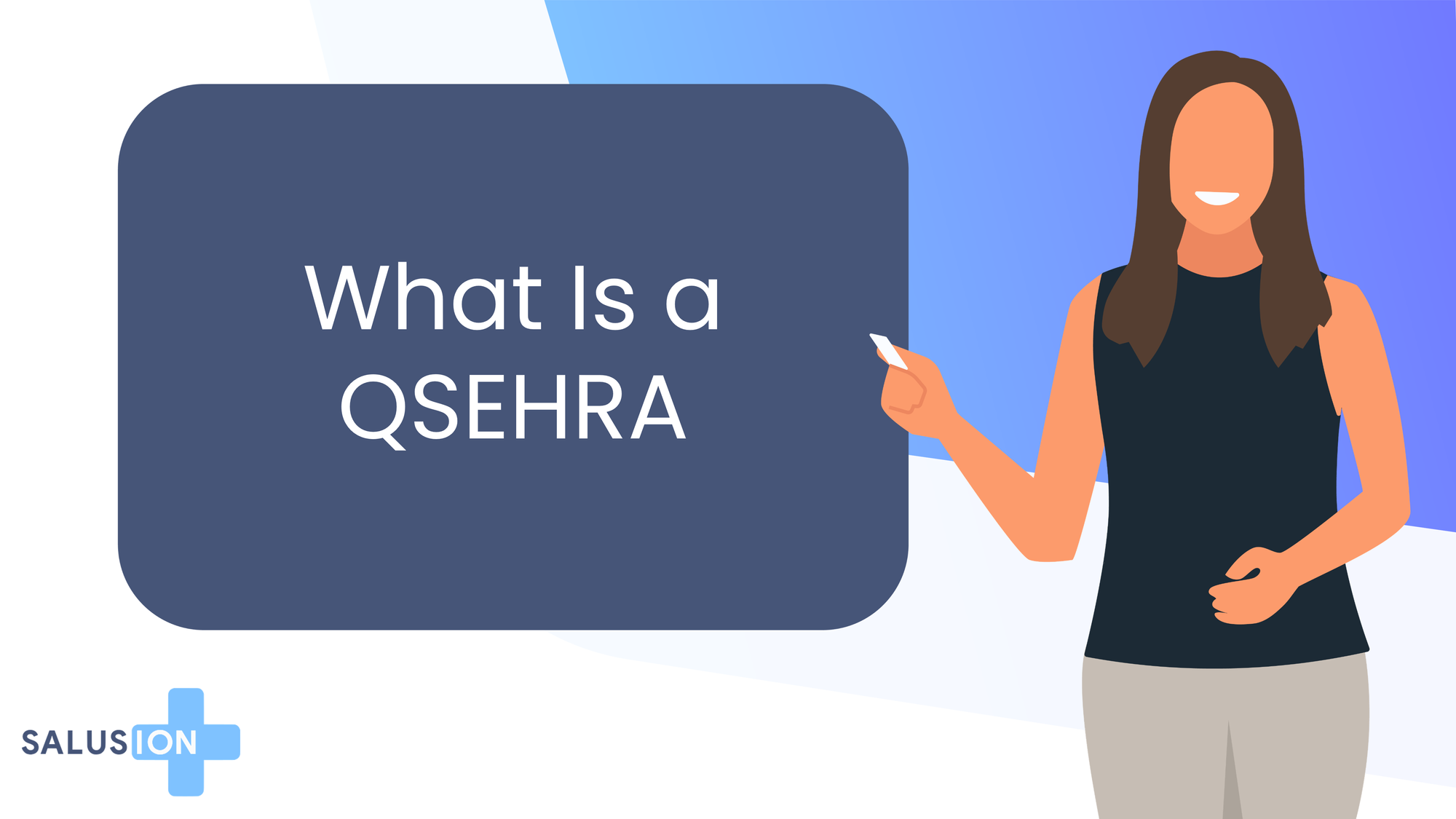
subtopic
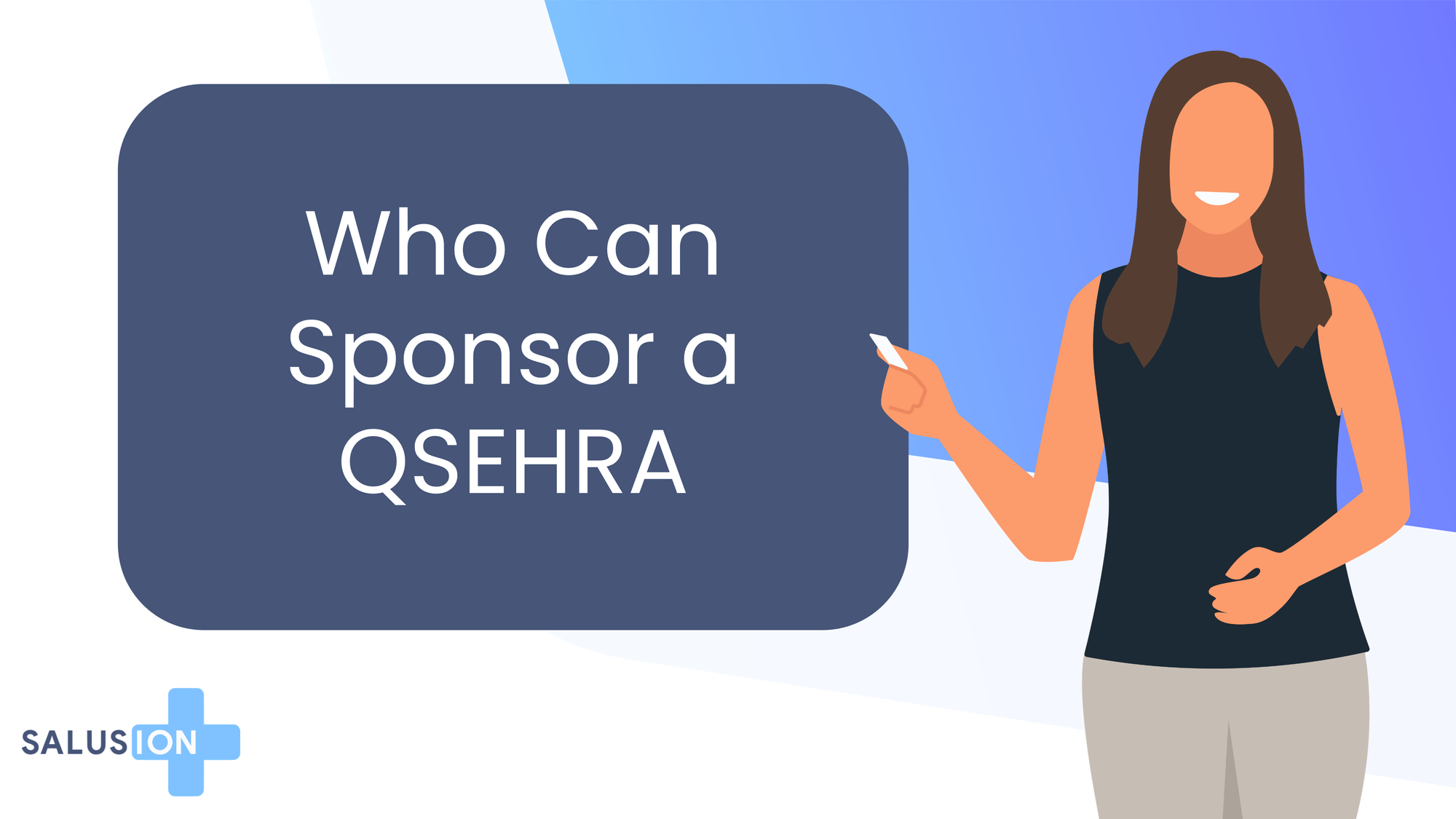
subtopic
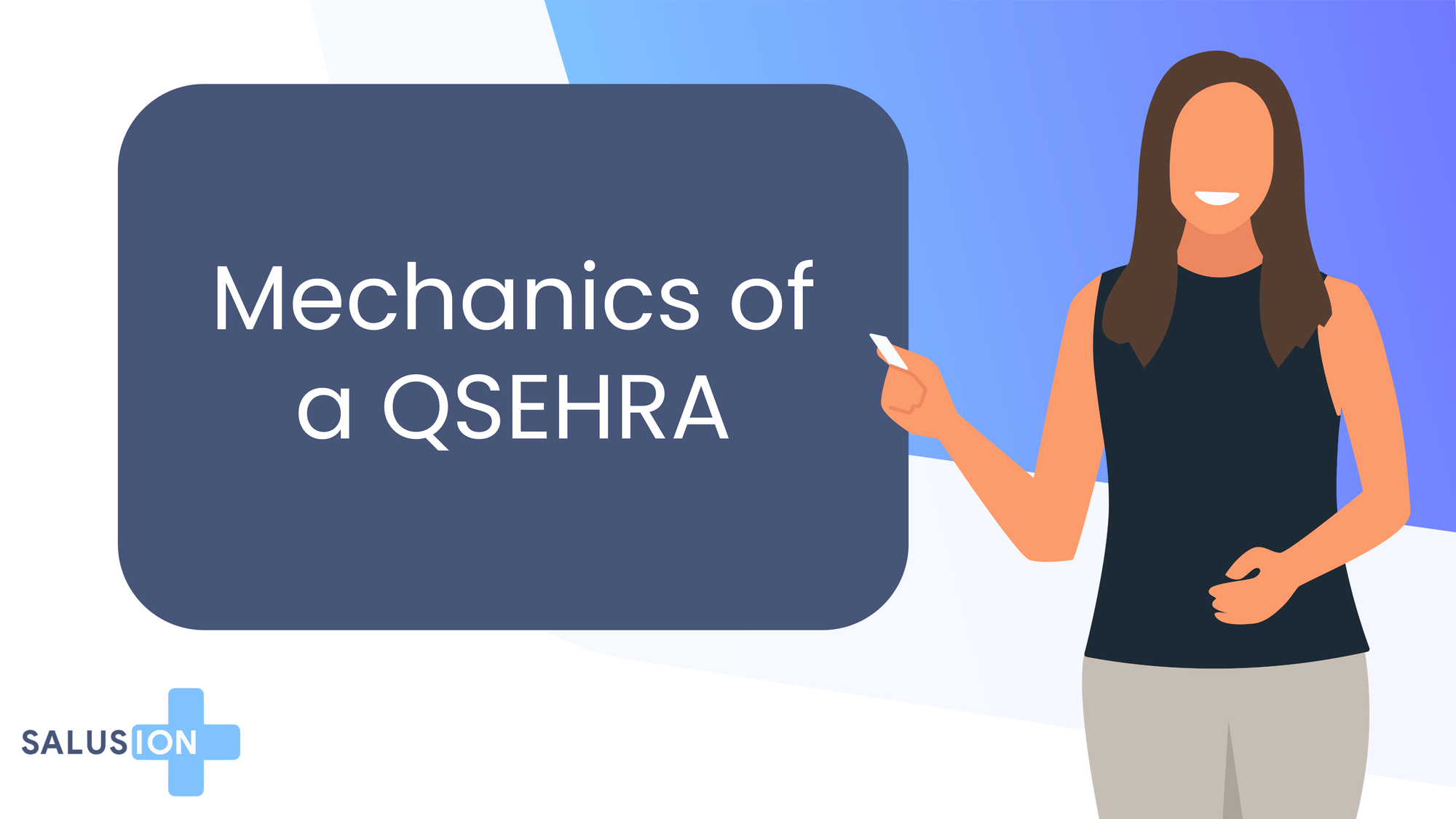
subtopic
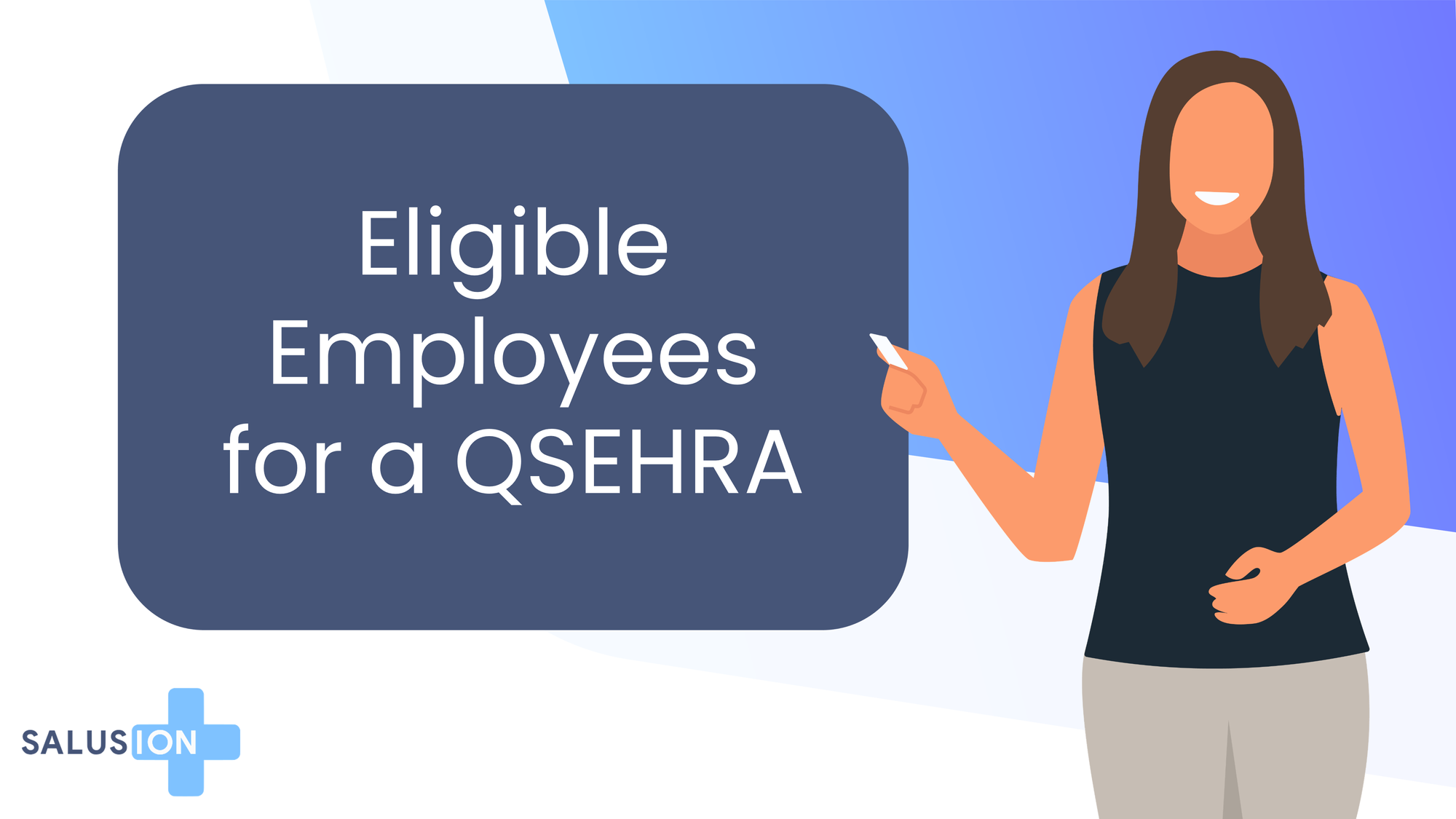
subtopic

subtopic
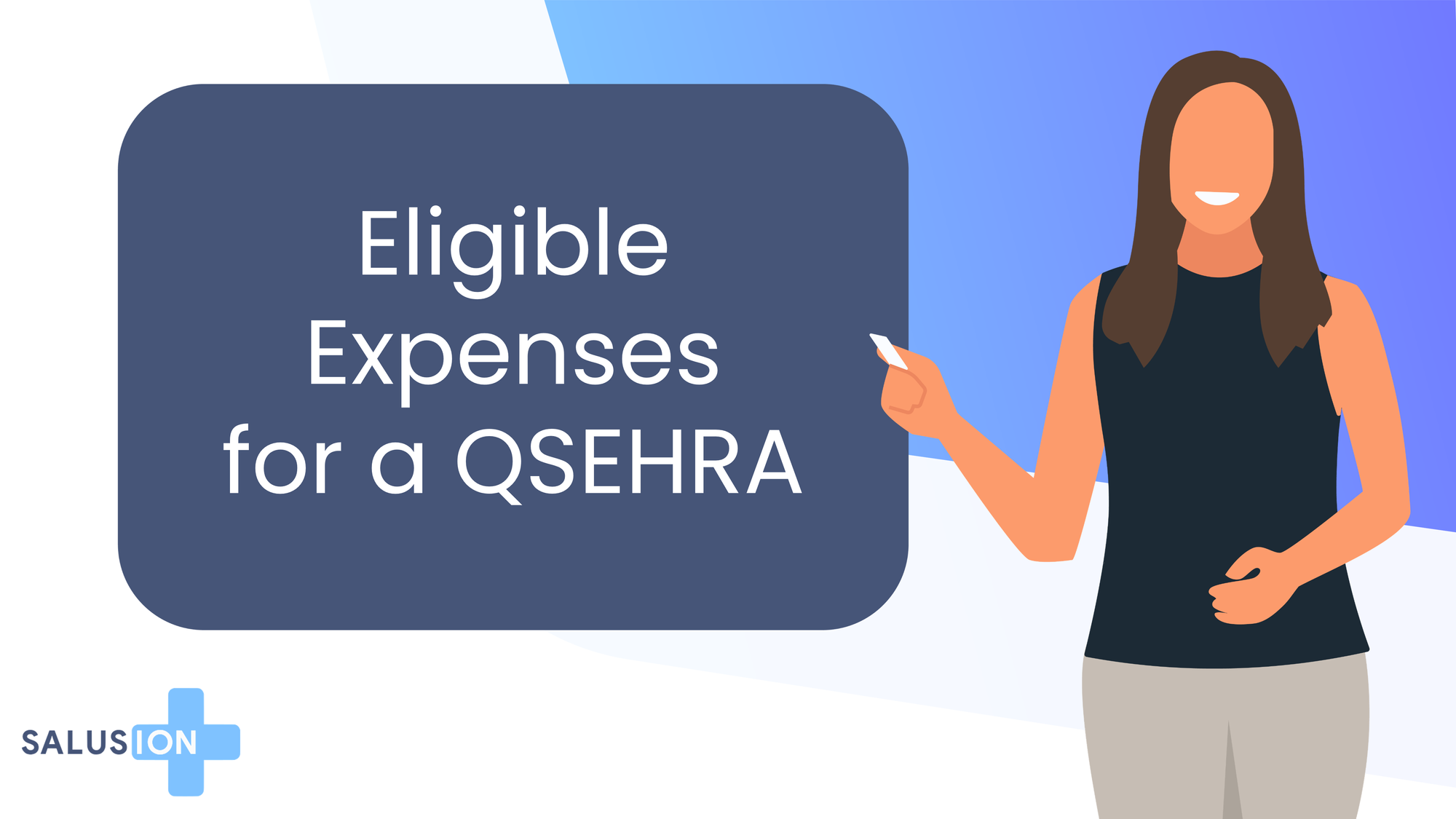
subtopic
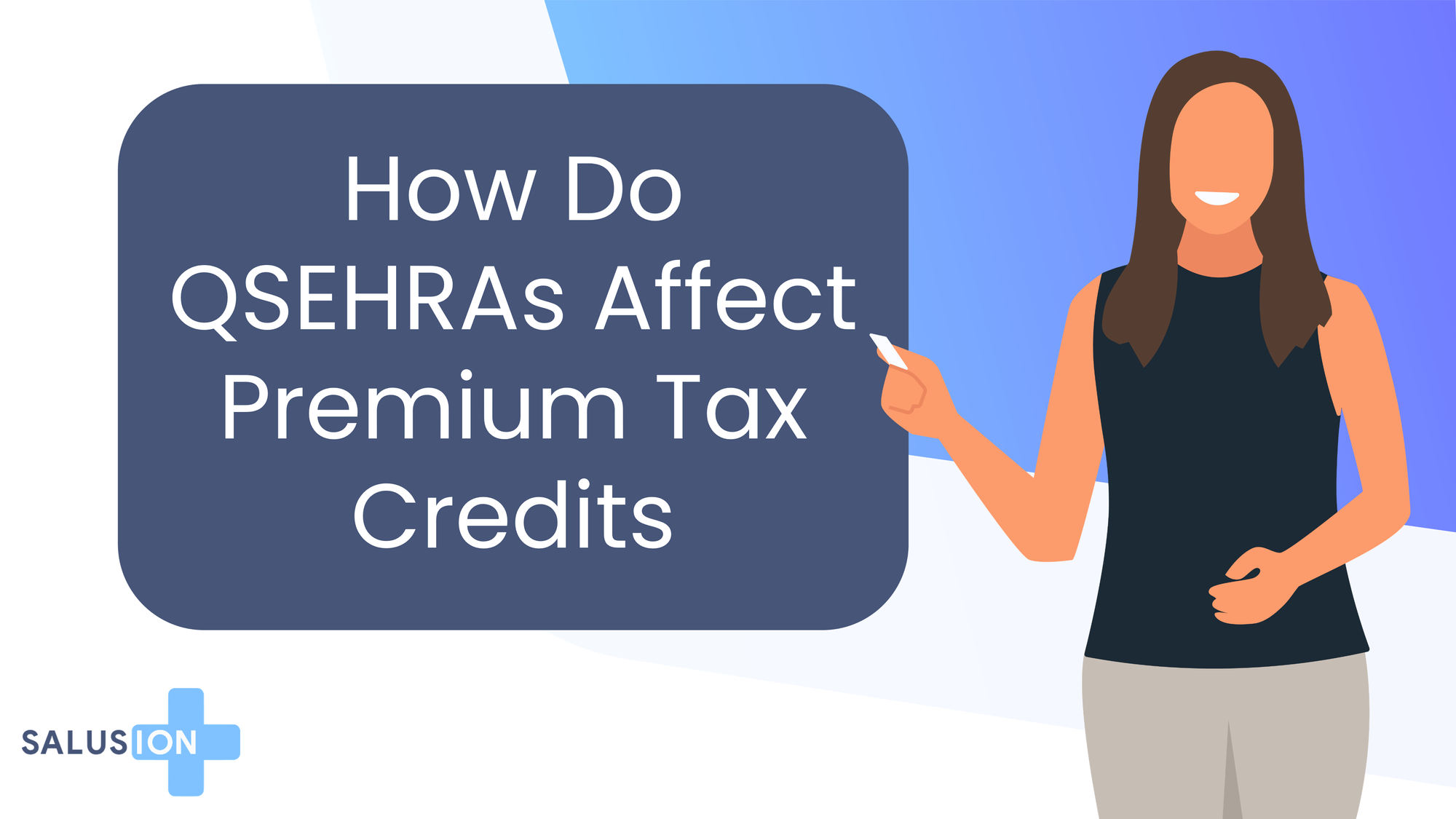
subtopic
